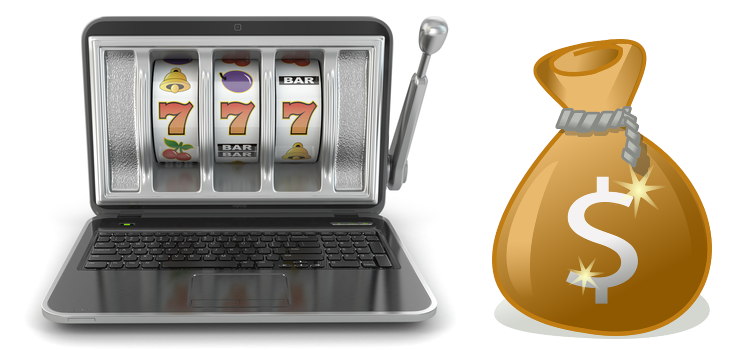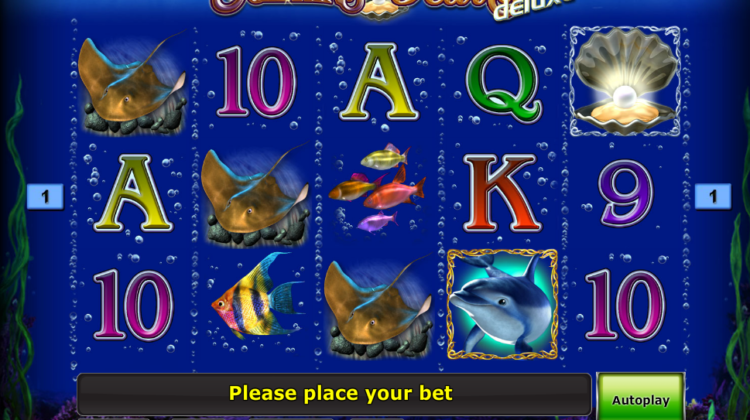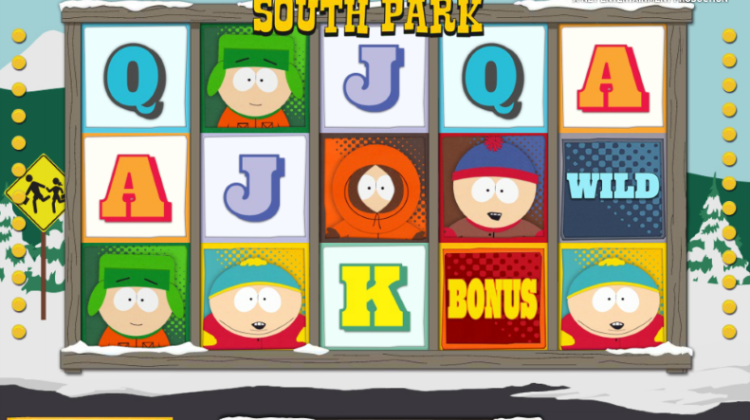Don’t let your Backgammon Set get dusty! Try any of these 5 things you can do to make the game more interesting.
Hyper-Backgammon
Each side starts with 3 checkers on their respective 24, 23, and 22 points. The cube is in play. Jacoby rule in effect. Matches will start at 7 points and work their way up in later rounds. All other normal backgammon rules apply.
Nackgammon
Nackgammon: The same as backgammon, but with a different starting position: instead of five men on both your midpoint and 6-point, you just put four there. The remaining two men end up at the 23-point:
13 14 15 16 17 18 19 20 21 22 23 24
+------------------------------------------+ X:
| O X | | X O O |
| O X | | X O O |
| O X | | X |
| O | | X |
| | | |
v| |BAR| |
| | | |
| X | | O |
| X O | | O |
| X O | | O X X |
| X O | | O X X |
+------------------------------------------+ O:
12 11 10 9 8 7 6 5 4 3 2 1
This was invented by Nack Ballard (hence the name), to force his BG students to practice positional play. Games tend to be much longer, since you can’t easily start a race with a 65 or 66 opening-phase roll.
In July 1993, were hosted the first European Championship Nackgammon during a series of Kater Cup tournaments in the Netherlands. Teun Ruardy from Groningen, The Netherlands became the first EC Nackgammon Champion!
Tapa
The word “tapa” means “bottle cap” and it’s an apt name because one seeks to block out the opponent’s pieces. The starting position is as shown below
13 14 15 16 17 18 19 20 21 22 23 24
+------------------------------------------+
| | | OOO|
| | | OOO|
| | | OOO|
| | | OOO|
| | | OOO|
O v| |BAR| |
moves | | | XXX|
this | | | XXX|
way | | | XXX|
| | | XXX|
| | | XXX|
+------------------------------------------+
12 11 10 9 8 7 6 5 4 3 2 1
The move direction and game objective are the same as in BG. There is one important difference:
Blots (single men) are not taken out when hit. Rather, the opponent’s man rests on top of the blot and thus forms a point. Points can also be formed in the usual way, by placing two or more of your men at the
same slot.
If you leave a blot at your home slot (1 or 24) and it gets covered, you certainly lose a backgammon (unless your opponent has done the same, in which case it’s a tie).
A long doublet (5 and 5 or 6 and 6) in the initial stage of the game can be very useful because usually the opponent would have some blots in their home quadrant and you may cover them. The closer this happens
to their home slot, the better, because the later you will free the blot when you are bearing off.
Tapa is very much a game of strategy. Even if you get caught very close to your home row, you may be able to force the opponent to free it by blocking enough of his men, so that he doesn’t have any other move. During most of the game it better to move SLOWER rather than faster. Primes are not necessarily useful, eg when the opponent has enough space for short moves behind the prime.
If nobody gets caught in the early stage, the two players try to advance their men in “almost primed” formations. Then the passing-through of the two armies can be a rather dramatic clash.
Tapa is quite popular in Bulgaria. In fact people play three games –BG, Gul Bara, and Tapa– in a row. The cube isn’t used and there are no backgammons (although there are gammons, called “mars”). I think these games (or at least the names) have come to Bulgaria from Turkey. Some people (esp. the older ones) use Turkish names for the rolls, eg, “shesh-besh” is “6 and 5”.
I’d say backgammon is the favourite recreation of Bulgarian pensioners.
Gul Bara is similar to Narde (the actuall name is Nardy where “y” signifies the Russian letter “ery” as in “byk” (bull)), but double rolls are very powerful, eg if you roll 1 and 1 then you get to move 4 ones, 4 twos, 4 threes,…, 4 sixes.
Diceless Backgammon
In fact, there’s a version of backgammon, which is much more popular than regular bg in USSR, especially in Azerbajdzhan and Uzbekistan.
Main features are following:
- both players go same direction ( namely anti-clockwise )
- starting position is different
- you’re not allowed to hit ( which changes strategy a lot).
And, as far as I know, there are tournaments, where people play this version without dices, i.e. calling their rolls. Consequently, there exist time control in this tournaments.
One Point Matches
This variant is played the same as `regular’ backgammon with two exceptions; the cube is not used, and gammons/backgammon don’t exist.
This often leads to very strategicaly played games, where a back-game is more of an option than in the regular version since staying back forever never leads to losing more than one point.
Since all games are played to to completion, `slime vigorish’ to turn a game around suddenly occurs more frequently since you cannot cube your opponent out.
Why play `one point matches’? Well, similar games occur all of the time in tournament play. Double match point, and crawford to an even score are examples.
One point matches have been labled the `Crack’ of backgammon at the New England Backgammon Club (NEBC), and the opium of the game by others.
By David Trounce
David Trounce is the Editor of Games from Everywhere – a Blog and Store dedicated to Backgammon and Board Games
from all over the world.











No Comment